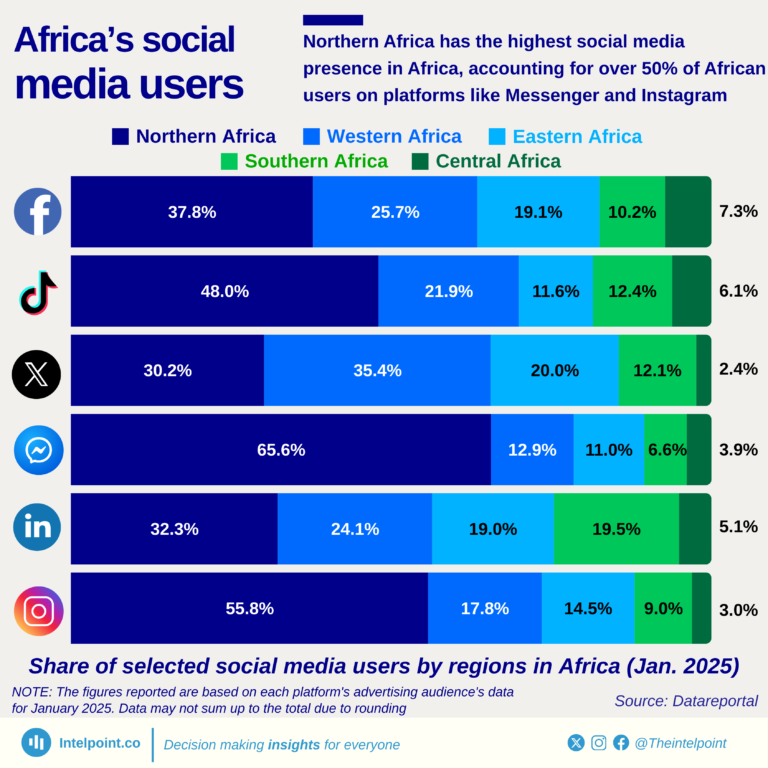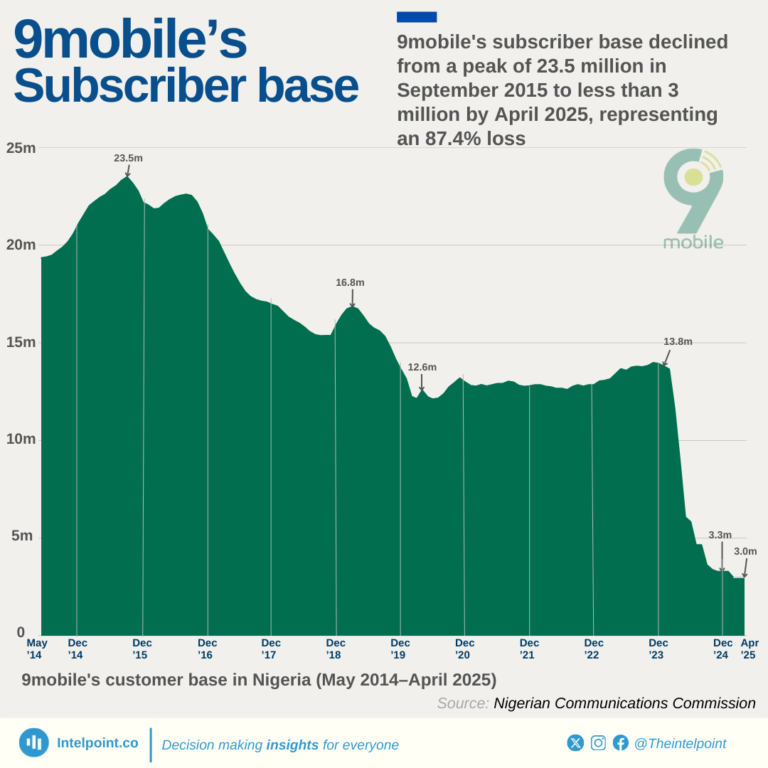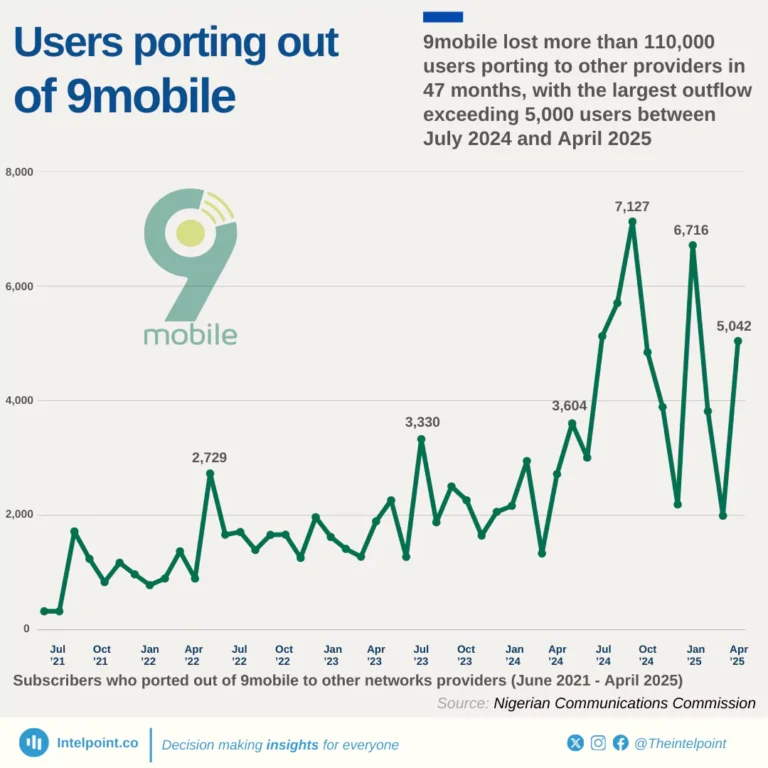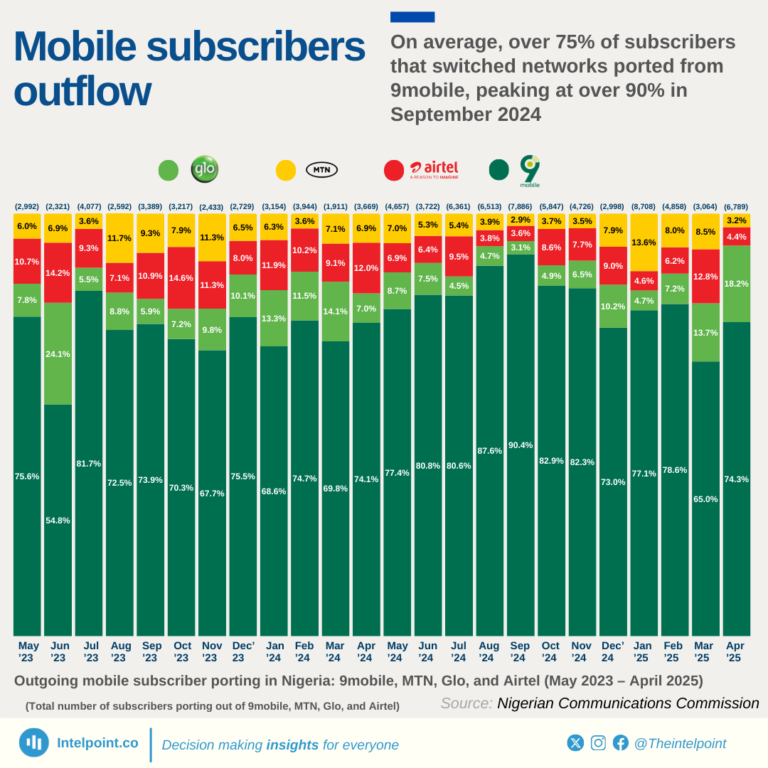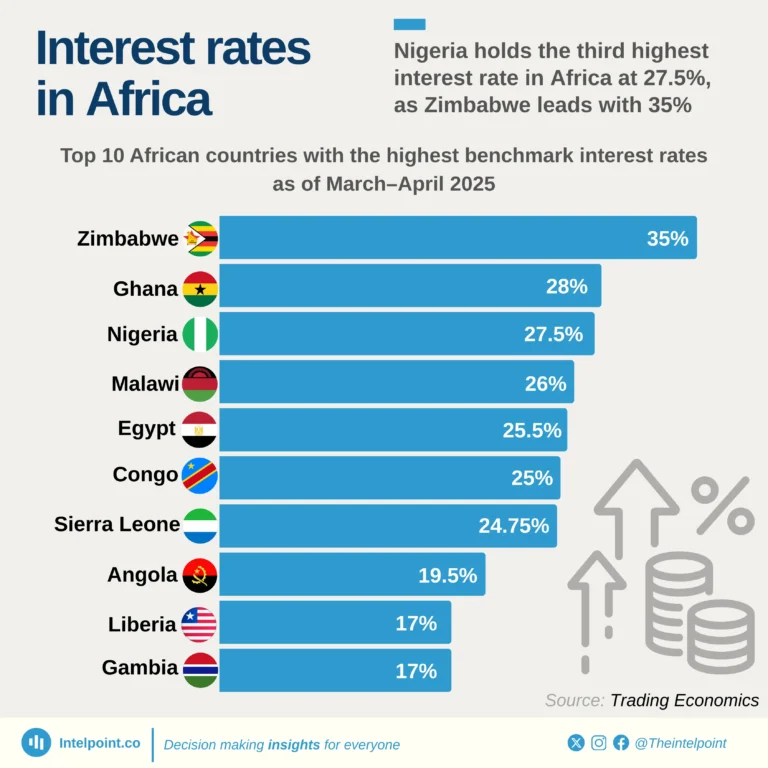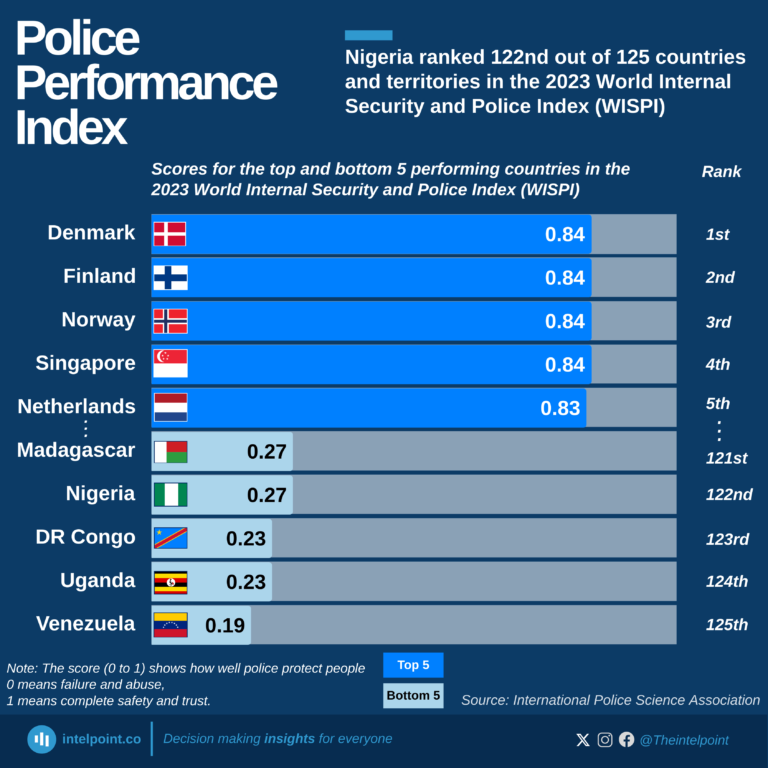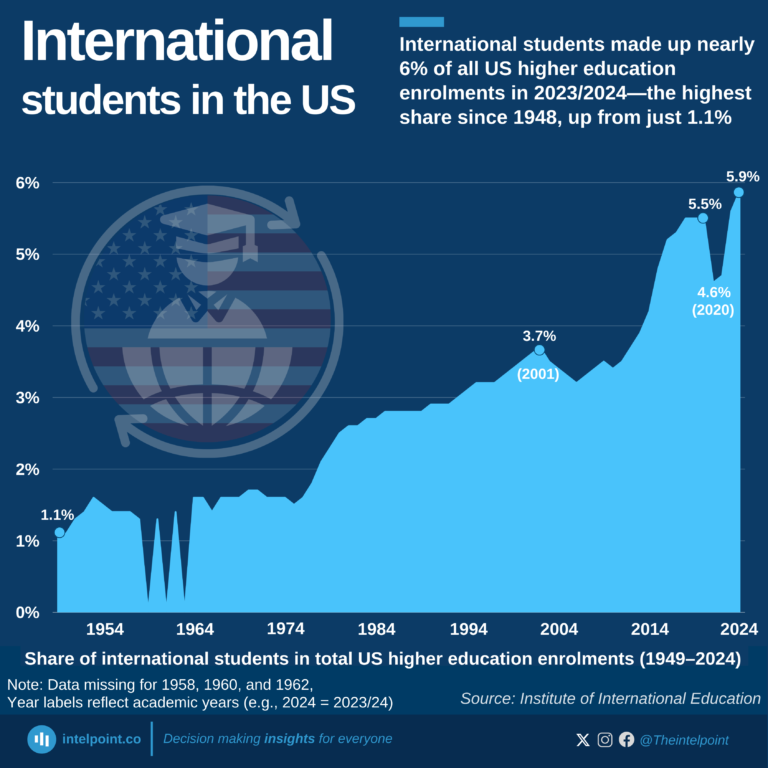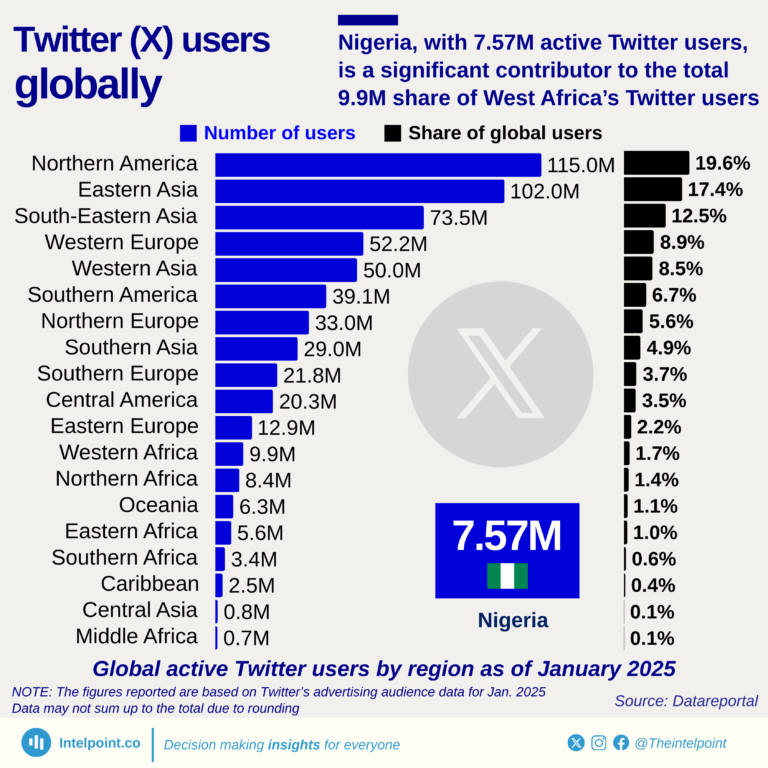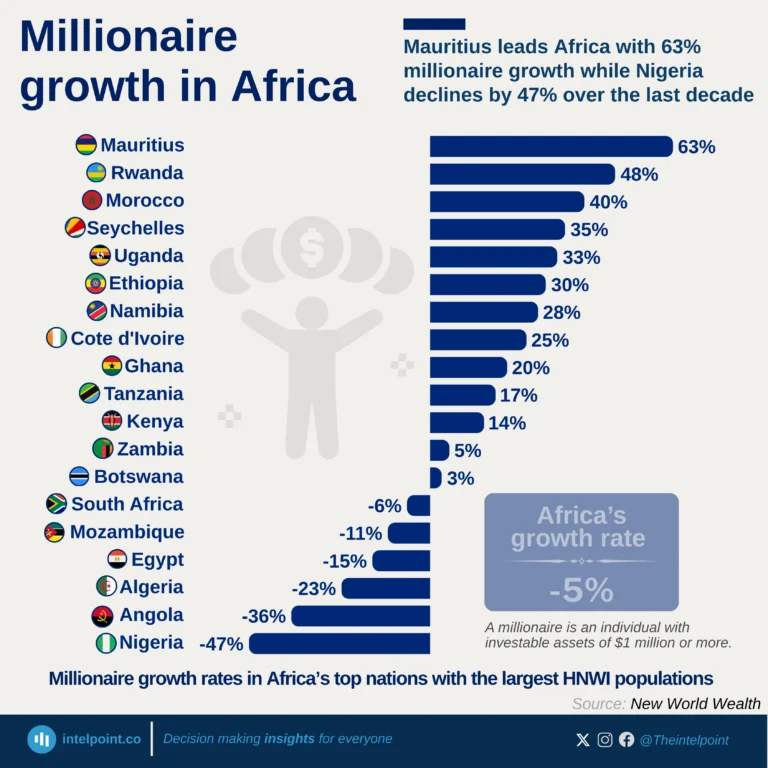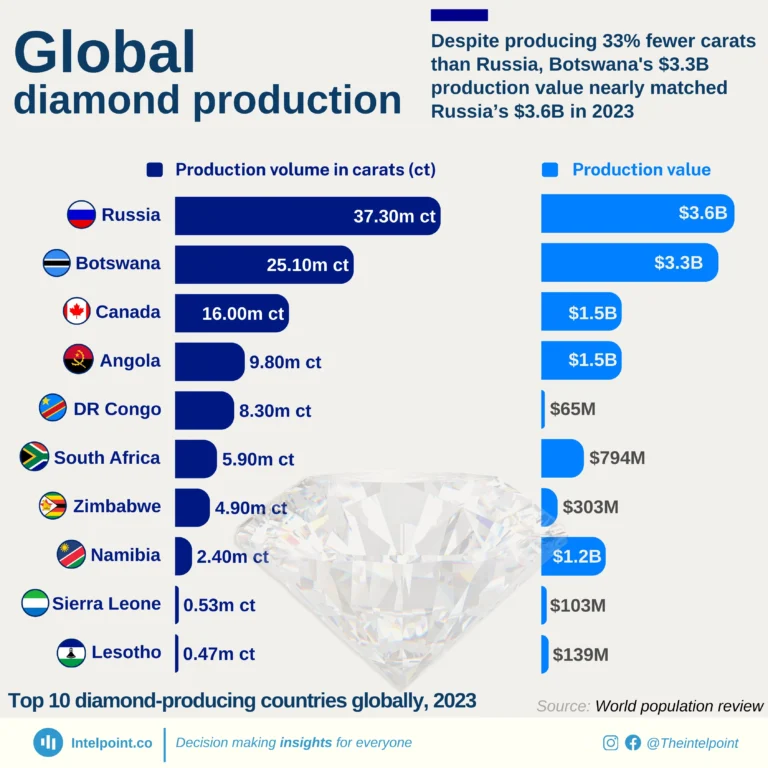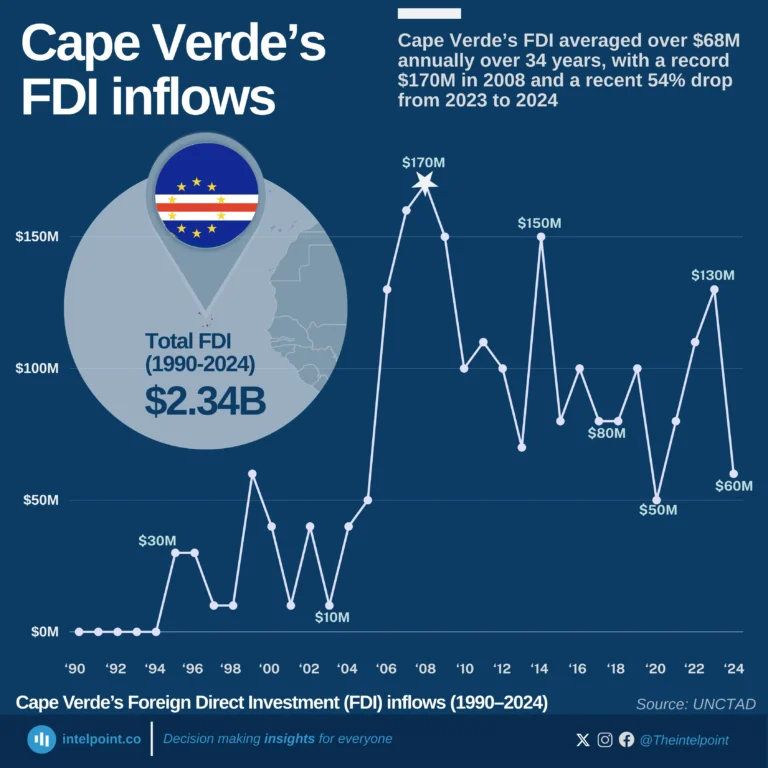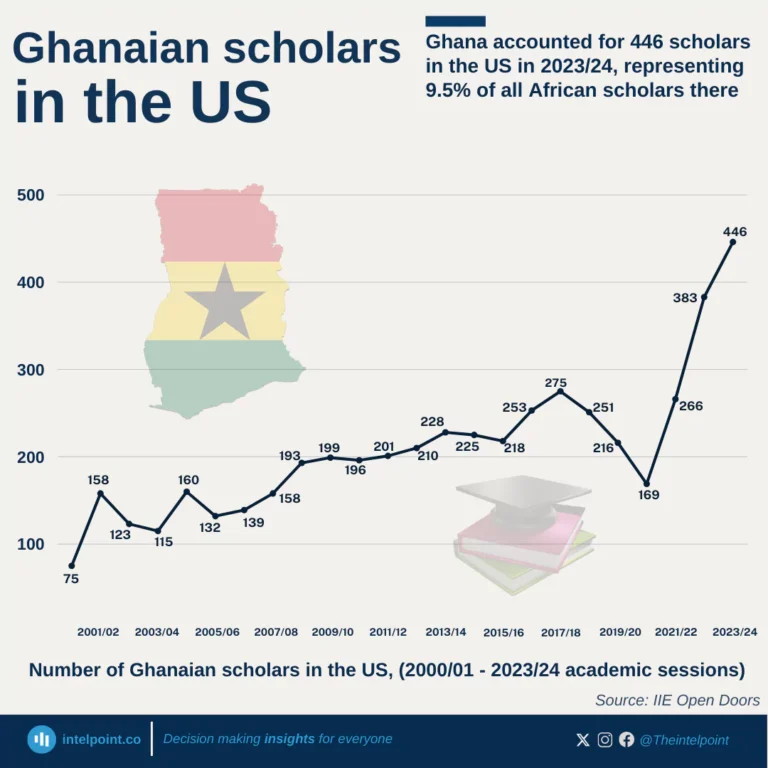Cocoa beans are a vital commodity for many countries, driving their economies and supporting livelihoods. Over the years, cocoa production has seen significant fluctuations across different countries.
The world's cocoa-producing countries produced 104.2 million tonnes of cocoa beans between 2000 and 2022, enough to fill about 2.084 billion 50kg bags. Côte d'Ivoire maintains its dominance, accounting for 35.3% of global production in the 23 years under review, with Ghana (16.5%), Indonesia (15.4%), and Nigeria (7.7%) completing the top four.
These are the top ten countries in the period.
